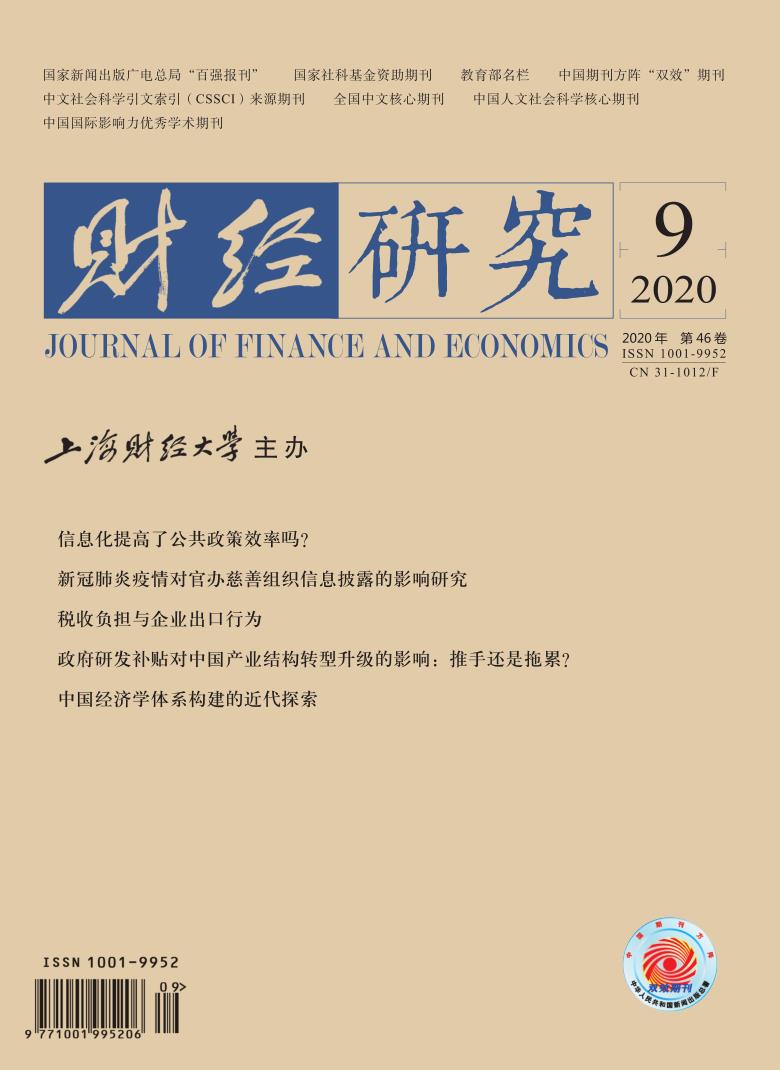The tax prepayment system is intended to smooth tax revenues for the entire fiscal year and is widely used in national tax systems, such as personal income tax, corporate income tax, and even value added tax. In the standard expected utility theory, the prepayment system has no effect on taxpayers’ tax compliance(Allingham and Sandmo, 1972). However, since the application of the prospect theory to tax compliance analysis, the prepayment system has been pushed to a very high position, with a “double dividend” that not only smoothes tax revenue, but also promotes tax compliance(Yaniv, 1999; Elffers and Hessing, 1997). At this conclusion, it seems that the prepayment system provides tax authorities with a simple, convenient, and low-cost option to increase tax compliance-allowing more taxpayers to be in the tax refund.
But as King and Sheffrin(2002)stated, when the expected utility theory is criticized for its effectiveness, other alternative theories(such as the prospect theory)do not perform better, and sometimes even worse. The prepayment system and the prospect theory that seem to have received a lot of support are not perfect. These tiny doubts may just become a key point and even lead to the opposite conclusion. One of the important questions is Morita(2014), which believes that the existing prospect theory does not take into account the role of cash flow and financial constraints. The current theory assumes that the prepayment system will not affect the company’s cash flow and aggravate corporate financial constraints. However, financial constraints often lead companies to adopt more aggressive taxation strategies and reduce corporate tax compliance(Kelvin, et al., 2015). Therefore, if financial constraints are taken into account, the overall impact of the prepayment system on tax compliance may be completely the opposite. The reason why these questions have not attracted attention may be that there is no significant empirical counter-example to provide an opportunity for reflection on the theory, and a small number of questions are difficult to attract attention.
This paper is to answer the following two questions:(1)Does prepaid tax refund promote tax compliance? (2)If the prepaid tax refund does not promote tax compliance, is the reason that the prepayment system aggravates the financial constraints of enterprises?
This paper studies the above two issues based on the sample of corporate income tax refund in the 2013 National Tax Survey data. After using the instrumental variable method to alleviate the potential endogeneity problems, the main conclusions are as follows: the more the corporate income tax refund, the lower the tax compliance of enterprises; the mechanism test can find that the prepayment system aggravates the financial constraints of enterprises in the prepayment period; the more prepaid taxes are used in the prepayment period, the more financial constraints are added. The conclusions confirm the question of Morita(2014).
The contributions of this paper mainly include two aspects: First, in terms of theory, starting from small but crucial questions, this paper uses real evidence to re-answer the basic issues of the relationship between the prepayment system and tax compliance, and puts forward different conclusions from previous studies, which supports the validity of doubts, and provides an opportunity for tax compliance studies, especially for the application of the prospect theory in tax compliance. Second, it provides certain ideas and theoretical foundations for the improvement of the prepayment system. Allowing more people to be in the tax refund area is not a good solution to promote tax compliance. The design of the prepayment system should still be based on the principle of accurately assessing taxable income, that is, to minimize the difference between the prepaid tax and the actual tax, which can promote tax compliance.





 6792
6792  6163
6163

